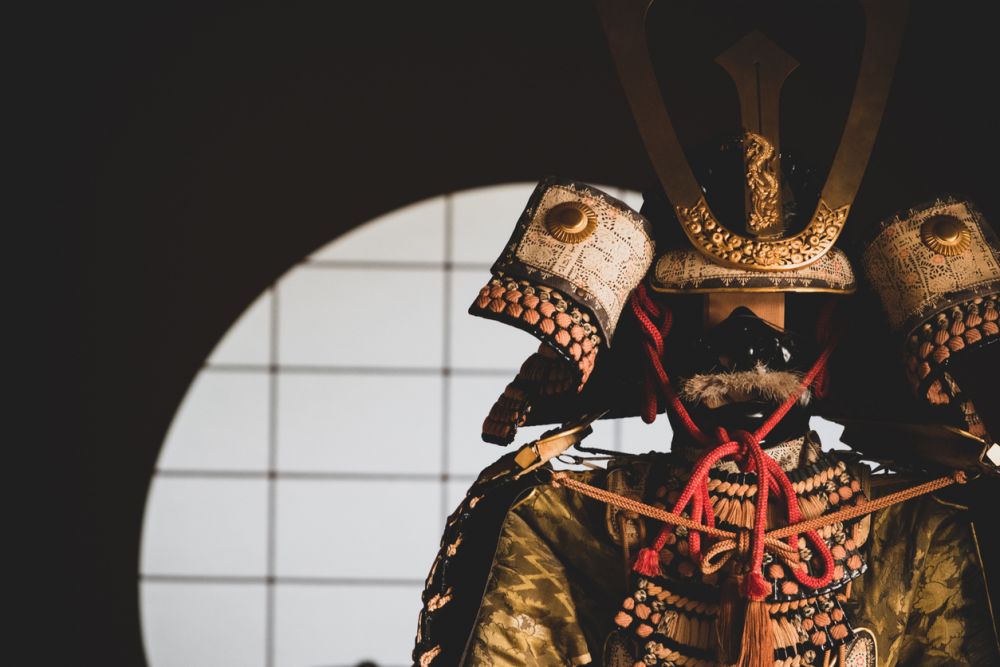
This page has been brought to you as a public service of the Yokohama Bluff Medical and Dental Clinic
Shogun no longer strut the streets of their Japanese fiefdoms, but a medical complaint that afflicted the ruling elite of yesteryear lives on.
A team of scientists from the National Cerebral and Cardiovascular Center (NCVC) in January published a paper in the European Stroke Journal identifying a link between cases of spontaneous vertebral artery dissection (sVAD), or a rupture in a blood vessel in the back of the neck that can cause a stroke, and a person’s sleeping habits.
Specifically, the researchers were able to identify a correlation between the likelihood of a sVAD incident and the height of the person’s pillow.
Instead of giving this newly discovered medical threat a technical name, the scientists at NCVC guaranteed that it would receive more attention by naming it “Shogun pillow syndrome.”
But their reasoning is impeccable. In the years of shogun dominance of Japan, between the 17th and 19th centuries, the elite of society used “pillows” that elevated the head by as much as 16 cm. Often these were made of wooden blocks with a fabric coating to make them slightly softer, but the intention was to protect the carefully coiffed hairstyles of shogun and samurai.
The same headrests were used by geisha, with the authors of the study claiming that a link between a head that was elevated to an unnatural height for sleeping and strokes was discussed as far back as the 1800s, although it could never be scientifically proven at the time.
The study states that “Several essays published in the mid-19th century indicate that it was widely believed that a high pillow of approximately 12 cm is comfortable for living; however, a low pillow of approximately 9 cm is better for longevity’.”
The NCVC team examined the cases of 53 people between the ages of 45 and 56 who had suffered a stroke as a result of a sVAD incident between 2018 and 2023. The group was compared to 53 people admitted to the center for strokes or cerebral hemorrhages brought on by other causes during the same timeframe.
The researchers compared age, gender and the height of the patients’ pillows before concluding that sVAD is to blame for around 2 percent of all strokes, although that figure climbs to a more worrying 10 percent for people aged between 15 and 45.
Cases of sVAD are exacerbated by the height of a person’s pillow, they say, as a higher pillow increases neck flexion, or lowering of the chin towards the chest when a person is lying on their back. The problem is further exacerbated if a person turns over in their sleep as it is possible to damage blood vessels in the neck.
The team classified pillows of just 12 cm as being “high” and those of 15 cm as “extraordinarily high.” Some 34 percent of the people who experienced a sVAD incident used pillows 12 cm or higher, while just 15 percent of the other stroke sufferers had large pillows.
The results were similar with even larger pillows, with 17 percent of sVAD patients using cushions more than 15 cm high but the figure falling to just 1.9 percent of the non-sVAD patients.
The researchers admitted that their study was limited by a relatively small sample size and was focused solely on people in Japan, meaning that additional studies are required to better understand the correlation between the height of a pillow and a stroke, but they felt confident enough to reach a firm conclusion.
“In this study, high-pillow usage was associated with an increased risk of sVAD and accounted for approximately 10 percent of all sVAD cases,” they said. “This tentative subgroup of sVAD may represent a distinct spectrum of disease—the ‘shogun pillow syndrome’.”







